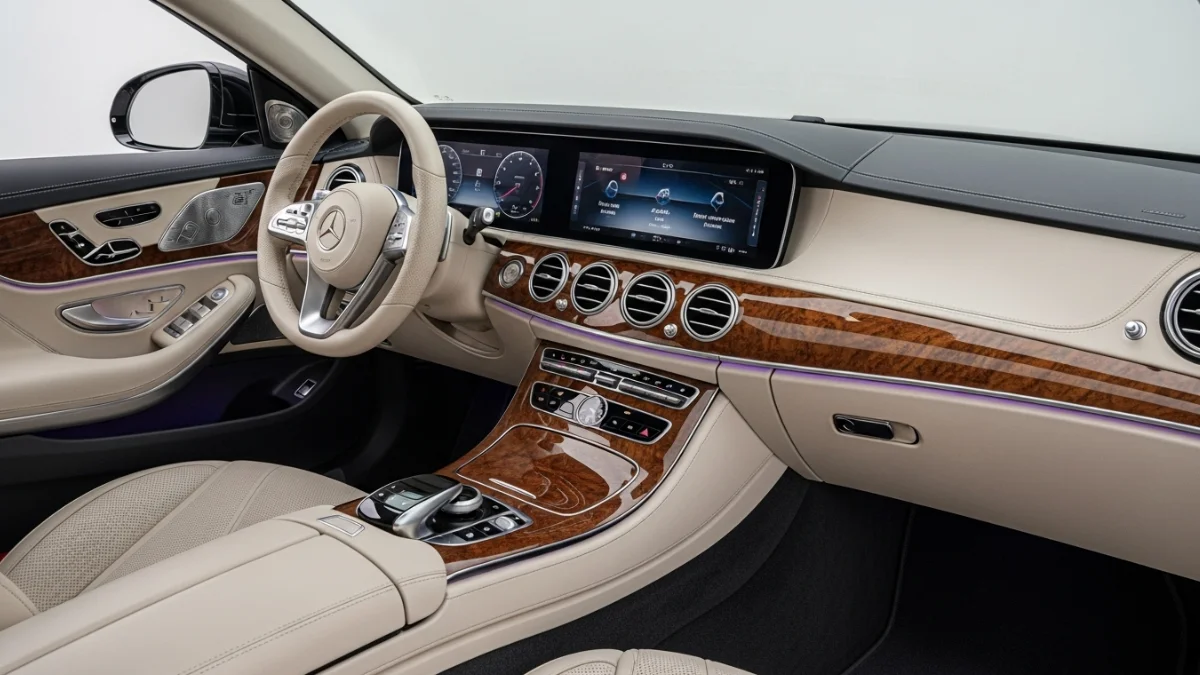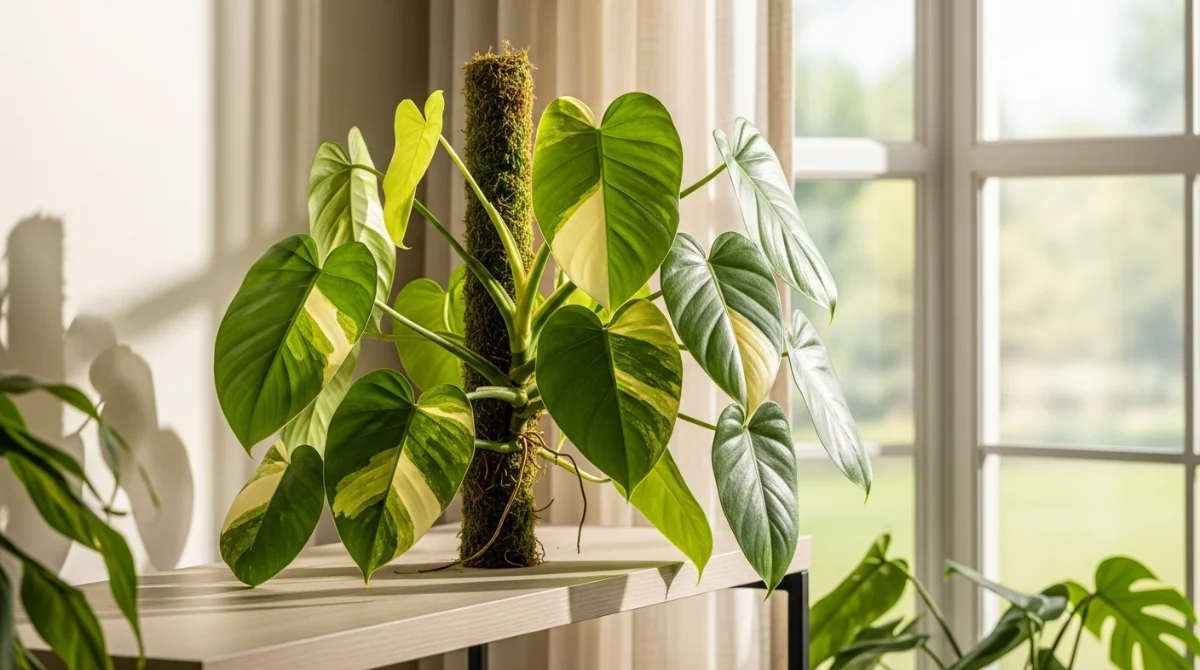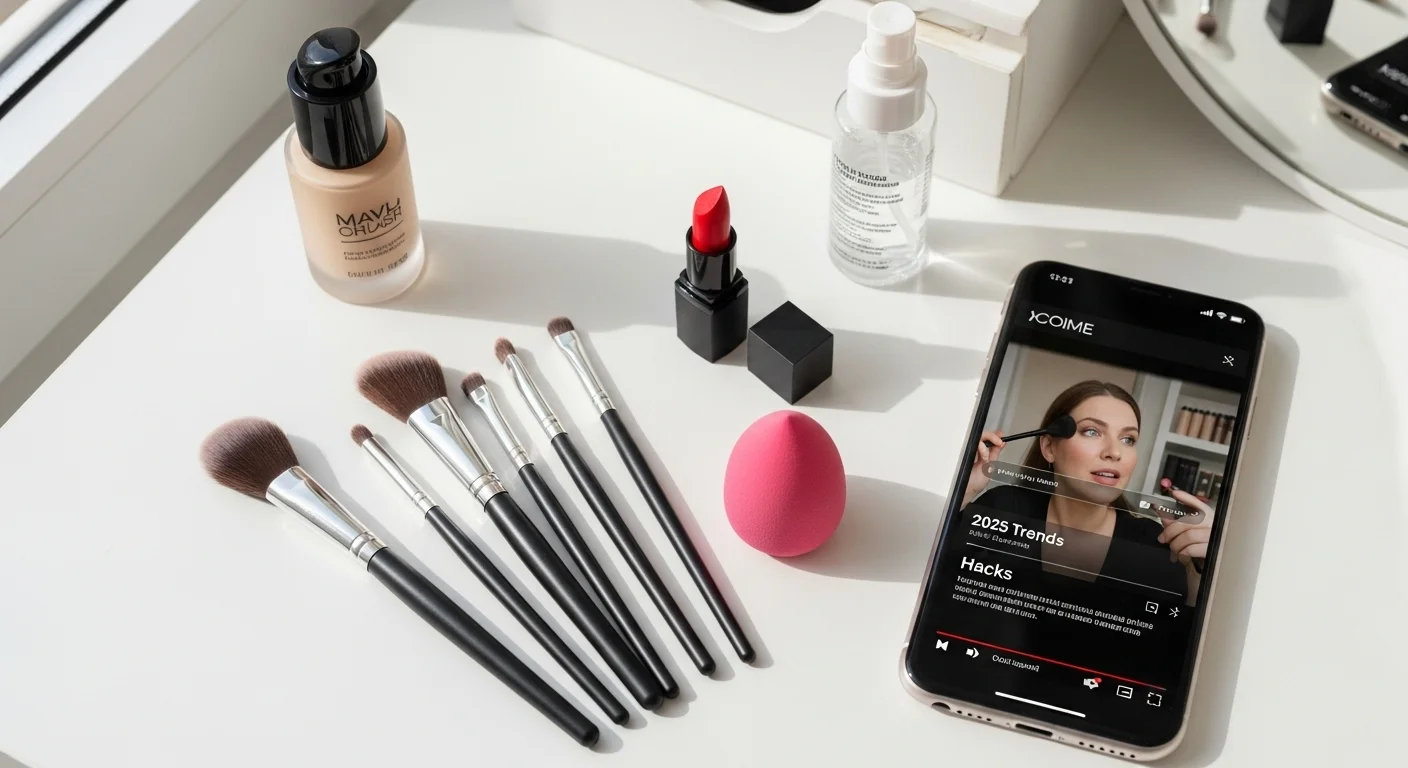When it comes to luxury car interiors, every stitch and surface matters. These interiors aren’t just about appearance; they evoke a sense of comfort and exclusivity. Drivers and passengers alike want a space that feels like a sanctuary on the road. In this article, we’ll explore what defines a luxury car interior, the top trends, and standout materials.
What Defines Luxury Car Interiors
Luxury car interiors go beyond basic transportation by focusing on every detail inside the cabin. They combine high-quality materials, ergonomic design, and cutting-edge technology to elevate the driving experience. This blend creates a unique environment that stands apart from standard car interiors.
Core Elements
At the heart of every luxury car interior design is craftsmanship and attention to detail. Premium materials, such as soft leather and elegant veneers, make the cabin feel special. Comfort, acoustics, and ambient lighting add to the sense of refinement. Together, these elements create an immersive experience for every occupant.
Key Criteria
Luxury interiors are characterised by their high-quality materials, exceptional comfort, superior acoustics, and sophisticated lighting. Everything from seat stitching to the dashboard finish is carefully chosen. Ergonomics ensures every control feels natural and effortless to use.
Difference Between Standard vs. Luxury Interiors
Below is a simple comparison table showing how luxury car interiors stand out:
| Feature | Standard Car Interior | Luxury Car Interior |
|---|---|---|
| Seat Material | Fabric or synthetic | Full leather, premium or vegan leather |
| Ambient Lighting | None or basic | Multi-zone, customizable LED lighting |
| Acoustics | Basic soundproofing | Acoustic glass, active noise cancellation |
| Trim & Inlays | Plastic or basic finishes | Real wood, metal, or carbon fibre inlays |
| Technology | Basic infotainment | Digital cockpit, smart controls, AI features |
Top Trends in Luxury Car Interiors for 2025
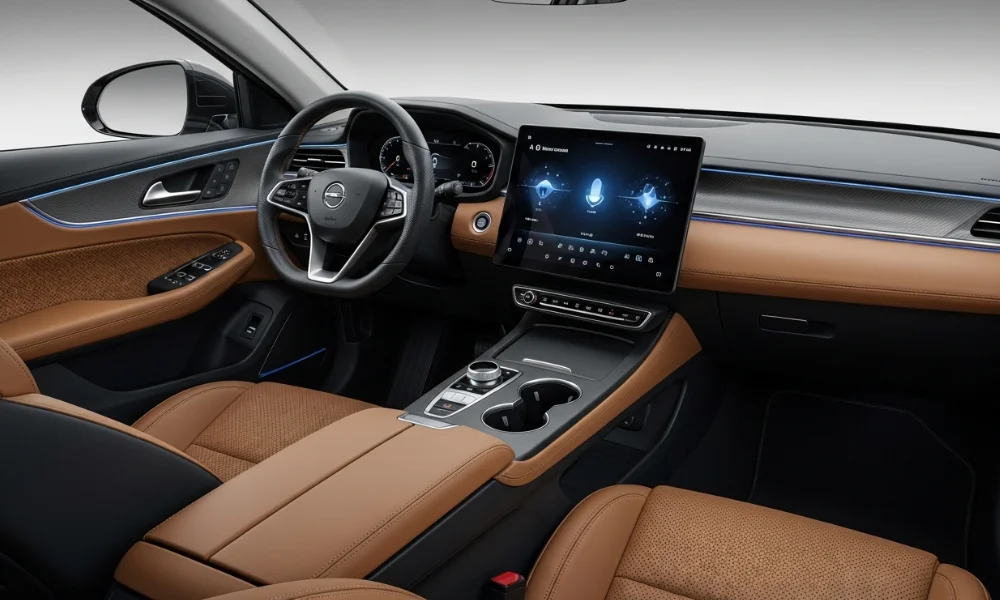
Luxury car interior trends in 2025 reflect a focus on sustainability, technology, and personalisation. Automakers are blending high-end aesthetics with eco-friendly materials and smart features. These innovations create cabins that are more comfortable and connected than ever before.
Sustainable & Eco-Friendly Materials
A major shift in luxury car interior design is the use of sustainable materials. Automakers are embracing vegan leather, recycled composites, and eco-friendly textiles. These choices reduce environmental impact without sacrificing quality or style. Sustainability is now a selling point, not a compromise.
Minimalism & “Less Is More” Aesthetic
Minimalism is redefining what a luxury cabin can look like. Clean lines, uncluttered dashboards, and hidden controls create a calming atmosphere. This “less is more” approach makes interiors feel modern and spacious. Drivers appreciate a design that feels simple yet premium.
Ambient Lighting & Mood Settings
Ambient lighting has become a must-have feature in the interiors of premium cars. Multi-zone LED systems let drivers customise colours and brightness to suit their mood. This creates a unique atmosphere for every journey. Lighting can also highlight design elements and increase perceived space.
Smart / Connected Interiors
Modern luxury car interiors are now more connected than ever. Voice controls, large digital displays, and AI assistants make driving easier and more enjoyable. These technologies transform cabins into personalized command centers. Smart interiors also integrate seamlessly with smartphones and home systems.
Acoustic & Sound Management
Noise reduction is an essential part of a luxury experience. Acoustic glass, thicker insulation, and active noise cancellation create a quiet cabin. This enables high-end audio systems to deliver crystal-clear sound. A peaceful environment makes every trip more relaxing.
Personalization & Customization
Personalisation takes luxury to another level. Buyers can choose unique stitching, exclusive trim, or even bespoke embroidery. This ensures no two interiors are exactly alike. Customisation lets owners express their personal style within their car’s cabin.
Materials & Craftsmanship in Luxury Interiors
The materials inside a car define its feel and longevity. In luxury car interiors, every detail, from seat coverings to dashboard panels, is carefully selected for both quality and aesthetic appeal. Craftsmanship ensures these materials are assembled with precision. This section explores the most common premium materials and their benefits.
Premium Leather, Nappa, and Alternative Leathers
Soft Nappa leather remains a favourite for luxury interiors. It offers a supple touch and elegant appearance that wears beautifully over time. Alternative leathers, including vegan and plant-based options, are gaining popularity for eco-conscious buyers. These materials provide a premium feel without using animal products.
Wood Veneers, Carbon Fibre, Metal Trim
Real wood veneers add warmth and sophistication to luxury cabins. Carbon fibre and brushed metal trims bring a sportier or more modern look. The choice of trim sets the mood of the interior and reflects the brand’s identity. Each finish is carefully matched to the car’s overall design.
Alcantara, Suede, Soft-Touch Surfaces
Alcantara and suede create a soft, upscale texture on headliners, pillars, and seats. These materials also improve grip and reduce glare in performance cars. Soft-touch plastics on dashboards and doors enhance perceived quality. Together, they make the cabin inviting and tactile.
Durability, Maintenance, and Material Trade-offs
Luxury materials require proper care to maintain their beauty. Leather needs conditioning, wood veneers benefit from gentle cleaning, and Alcantara requires special brushes. Understanding these trade-offs helps owners preserve their car’s interior for years. High-quality materials reward careful maintenance with lasting appeal.
Best Luxury Car Interiors: Real Examples & Showcases
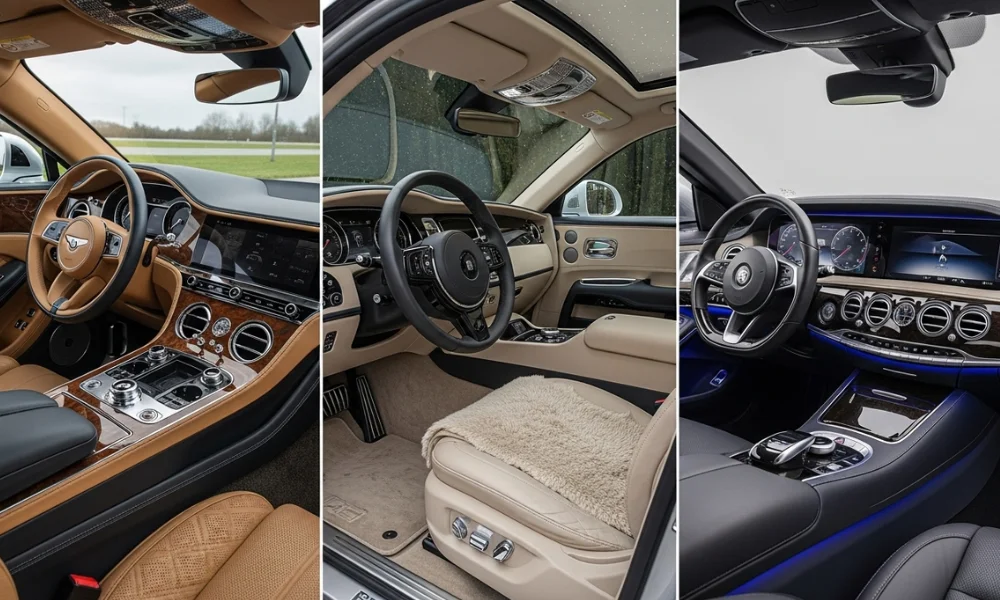
Some brands consistently deliver outstanding luxury car interiors. Examining these examples reveals what’s possible in design, materials, and technology. It also highlights which features are becoming standard across the luxury segment. Here are a few standout interiors worth noting.
Top Models with Outstanding Interiors
Bentley is renowned for its handcrafted cabins, offering extensive personalization options. Rolls-Royce interiors feel like private lounges with plush carpets and starry headliners. Mercedes’ S-Class offers cutting-edge tech wrapped in soft leather and wood. BMW’s 7 Series combines driver-focused design with ambient lighting and high-resolution displays.
What Makes Their Interiors Stand Out
Each of these brands emphasises different aspects of luxury. Bentley highlights craftsmanship, Rolls-Royce focuses on opulence, and Mercedes pushes technology. Despite differences, all invest heavily in comfort, acoustics, and personalisation. These priorities define the modern luxury car interior.
Comparison: Common Features Across Best Interiors
Looking across the top models reveals recurring features. Premium leather seating, customizable ambient lighting, and advanced infotainment systems appear in almost every cabin. Acoustic glass and active noise cancellation are also common. These shared traits shape customer expectations for luxury vehicles.
Lessons You Can Apply
Even if you’re not buying a Bentley or Rolls-Royce, you can still take notes. Look for quality materials, thoughtful ergonomics, and customizable options in any car you’re considering. Adding features like upgraded soundproofing or ambient lighting can give your car a more premium feel.
Upgrading or Choosing a Luxury Car Interior
Not everyone can buy a top-tier model, but you can still enjoy luxury inside your car. Knowing what to look for helps you choose or upgrade effectively. Here’s how to make smart decisions about your next interior.
What to Look For When Inspecting or Buying
Check the quality of materials, stitching, and finishes carefully. Test seat comfort and adjustability to ensure it fits your body well. Explore the infotainment system to see if it’s intuitive and responsive. These checks ensure you’re getting real value for your money.
Best Upgrades
Popular upgrades include adding ambient lighting kits, improving soundproofing, or upgrading seat upholstery. Installing a premium sound system can also transform your driving experience. These upgrades offer noticeable improvements without the need to purchase a new vehicle.
Cost vs. Value : Which Upgrades Carry ROI
Some upgrades, like premium audio systems, add value and enjoyment. Others, such as custom embroidery, are more about personal expression. Consider your goals and budget before investing. The best upgrades enhance both daily comfort and long-term resale value.
Maintenance Tips & Longevity of Luxury Interiors
Regular cleaning with the right products helps preserve the look and feel of your interior. Condition leather surfaces to prevent drying and cracking. Keep the cabin free from clutter and direct sunlight when possible. Good maintenance keeps luxury materials looking fresh for years.
The Future of Luxury Car Interiors
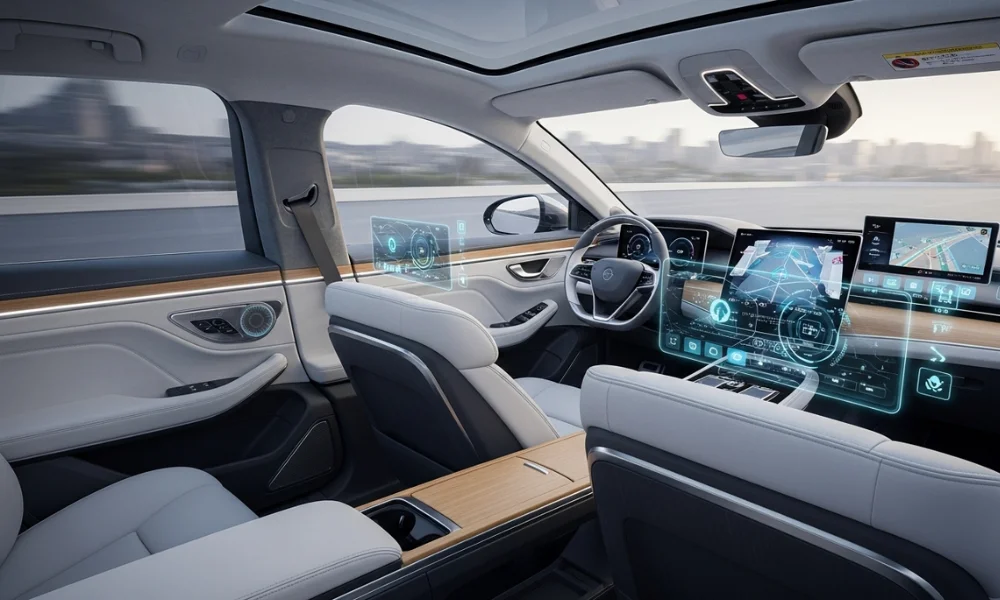
The next generation of luxury car interior trends is already taking shape. Electric and autonomous vehicles are creating new possibilities for cabin layouts. Materials, technology, and design philosophies are evolving quickly. Here’s what we can expect in the coming years.
Emerging Innovations
Smart glass windows that tint automatically and augmented-reality dashboards are on the horizon. Adaptive materials that change texture or color could offer new personalization options. These innovations will redefine how we interact with car interiors.
Trends in EV / Autonomous Interiors
Electric vehicles often have flat floors and more open cabins. This allows for lounge-like seating and flexible layouts. Autonomous driving could free up even more space for relaxation or work. These changes will push luxury interiors in exciting new directions.
Challenges & Constraints
High costs and supply chain issues may slow the adoption of new materials. Balancing sustainability with a luxury feel remains a challenge for automakers. Consumer education about care and maintenance of new materials is also important. Overcoming these barriers will take time and innovation.
Predictions for the Next 5–10 Years
Expect interiors to become more personalised, sustainable, and tech-driven. Luxury cabins will feel like living rooms on wheels, complete with advanced connectivity. Materials will continue shifting toward eco-friendly yet premium options. The line between the car and digital space will continue to blur.
Conclusion
Luxury car interiors are more than just seats and dashboards. They represent a blend of design, technology, and comfort that transforms every journey. By understanding trends, materials, and examples, you can make smarter choices for your next car or upgrade. Whether you’re buying a new vehicle or enhancing your current one, the tips in this guide will help you enjoy a truly premium driving experience.

